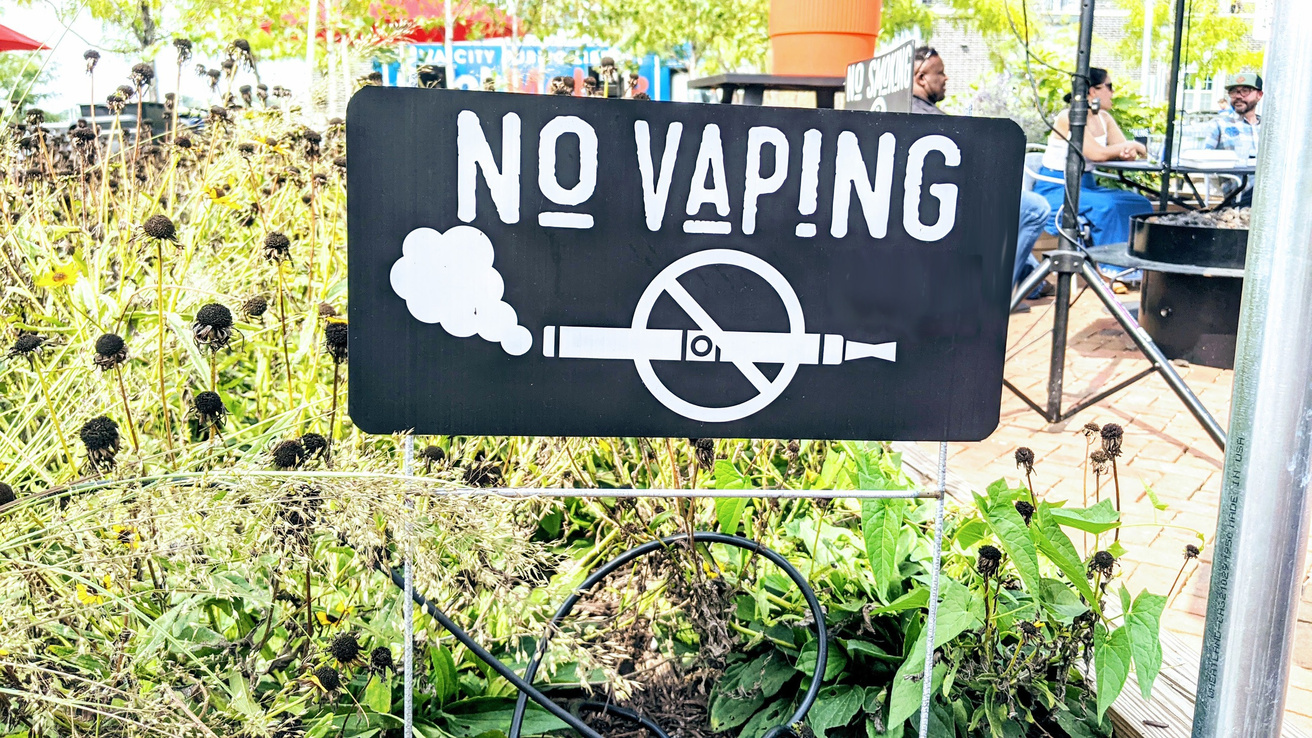
This project aims to understand the patterns of use of e-cigarettes in youth and young adults with the intent to develop interventions to prevent or control the health consequences of use.
Team members:
- UIowa: Rima Afifi (lead), Heidi Haines, Mark Vander Weg, Shannon Lea Watkins, Trisha Welter
- CPH or UI Students: Coltin Ball (MPH, graduated), Hailey Bomar (MPH, graduated), Priyanka Dubey (PhD), graduated), Kamrul Hsan (PhD), Yamam Hussien (MPH), Aseel Jaber (MPH), Abigail Lee (MPH, graduated), Drake Luong (BS), Eric Ortiz (MPH, graduated), Bhavana Sirimalle (MPH, graduated)
Project dates: 2019-current
Funding sources: Cancer Prevention and Control Research Network (CPCRN), UI PRC-RH, Holden Comprehensive Cancer Center, Iowa Department of Health and Human Services
Project tags: E-cigarettes, Adolescents and young adults, Substance use
Details
Description
Decreasing tobacco use among adolescents is especially tough in rural areas where tobacco control efforts aren’t as well funded as those in cities. Rural areas also may have fewer resources and staff working on tobacco control, and they tend to run fewer anti-tobacco programs. A growing concern is that vaping among youth is rising in rural areas faster than in urban areas. This project looks at how adolescents and young adults are using e-cigarettes, with the goal of creating strategies and programs to help prevent or reduce the health risks linked to vaping.
Adolescents and young adults (AYA) often use more than one kind of tobacco or substance at the same time. Yet, public health researchers and practitioners mostly focus on studying and developing interventions for one substance at a time. Our team wanted to take a more realistic approach—one that reflects how young people actually live. We have expanded the project to look at the bigger picture of substance use, with the possibility of developing a multi-substance use prevention intervention for this age group. To do so, we are working on several sub projects:
- State of the scholarship about e-cigarette intervention for youth
- Review of qualitative studies exploring youth e-cigarette use
- Concept mapping protective factors
- Systematic review of systematic reviews
MPH Student Abigail Lee (graduated) teamed up with the Iowa Cancer Consortium to create an infographic for mentors and caregivers with updated information about e-cigarette prevention programs for youth.
PhD student Priyanka Dubey (graduated) led a scoping review of studies that explore why teens vape, based on their own words and experiences. This helps us understand the real-life factors behind e-cigarette use.
In this study, we asked teens (ages 13–18) to respond to the prompt: “Something that makes people my age NOT want to vape is…” While it’s been tough to recruit participants, we’ve learned a lot about the challenges of getting young people involved in vaping research—and we’ve shared those insights in a recent presentation. Coltin Ball, Eric Ortiz, and Hailey Bomar supported this project.
This study synthesizes the science on substance use prevention and control interventions for adolescents and young adults. Check out our protocol here.
Resources, Media, & Publications
Resources
Research protocol:
- Rima Afifi, Priyanka Dubey, Trisha Welter, Abigail Lee, Mark Vander Weg, Shannon Lea Watkins. Evidence-based interventions for substance use prevention and control among youth and young adults: A systematic review of systematic reviews. PROSPERO 2020 CRD42020202864
Presentations:
- Bomar H, Lee AA, Watkins SL, Welter T, Vander Weg M, Afifi R. Challenges of recruiting rural adolescents to participate in e-cigarette research. Society for Research on Nicotine and Tobacco Annual Conference; 2022; Baltimore, MD.
- Lee A, Haines H, Henry S, Afifi R. Perspectives of national interventionalists on the effectiveness and captivating features of adolescent e-cigarette prevention and cessation programs. Society for Research on Nicotine and Tobacco Annual Conference; February 2021; Virtual.
- Dubey P, El Boukhari N, Vander Weg M, Afifi R. Determinants of e-cigarettes among adolescents and young adults: A scoping review of qualitative studies. American Public Health Association Annual Conference; November 2020; Virtual.
- Other Relevant Publications:
- Kava CM, Watkins SL, Gilbert PA, Villhauer TJ, Welter TL, Afifi RA. E-cigarettes in college: Associations between mental health and e-cigarette use with other substances. Tob Prev Cessat. 2024 May 31;10. doi: 10.18332/tpc/188712. PMID: 38828438; PMCID: PMC11141061.
- Gilbert PA, Kava CM, Afifi R. High-School Students Rarely Use E-Cigarettes Alone: A Sociodemographic Analysis of Polysubstance Use Among Adolescents in the United States. Nicotine Tob Res. 2021 Feb 16;23(3):505-510. doi: 10.1093/ntr/ntaa037. PMID: 32052052.